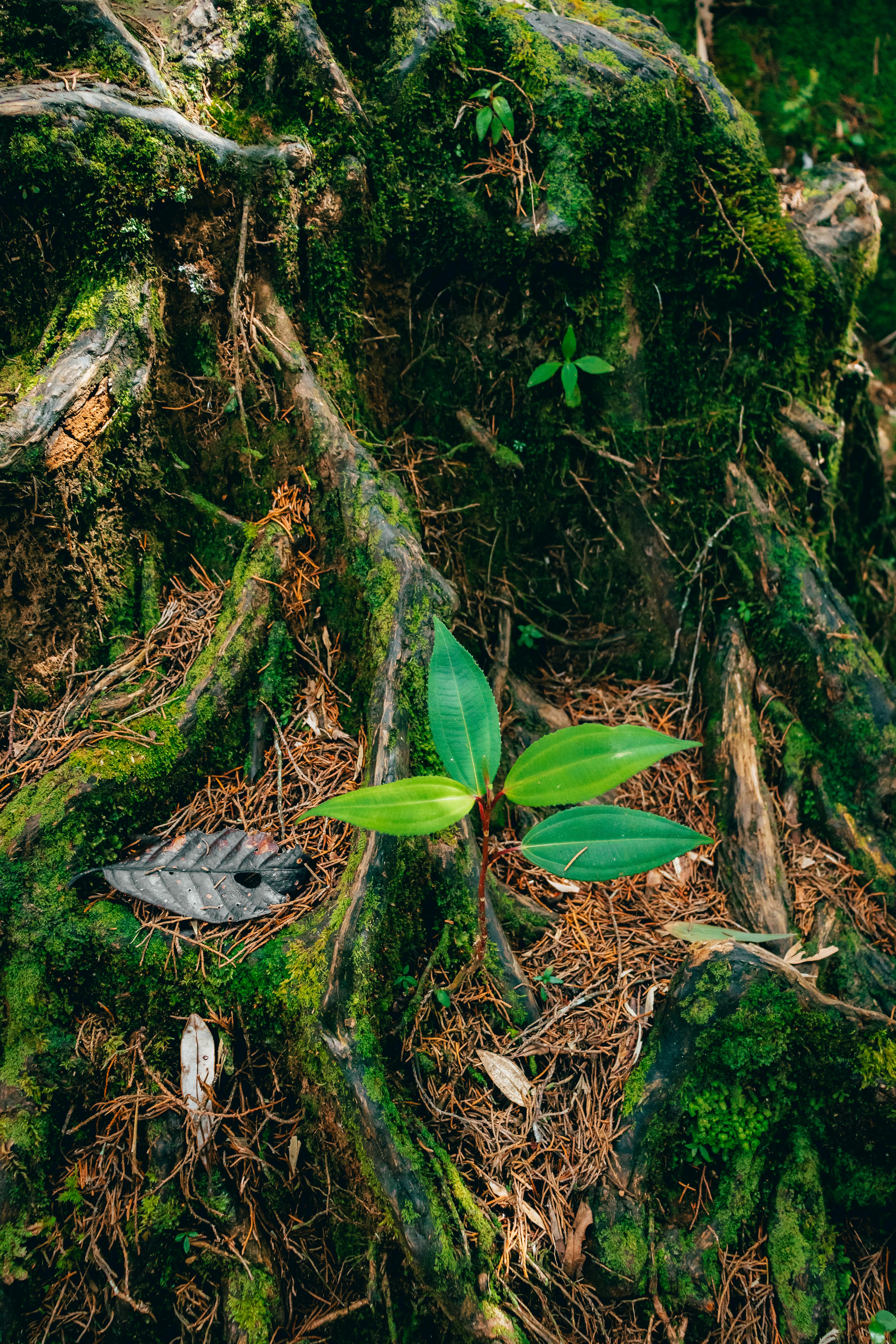If you have read this blog for any length of time, you know how important plants are. You know soil can affect those plants by altering mineral composition. And you also know deer can detect differences in that composition. Wow! You know a lot.
We have focused on calcium and phosphorus several times as these minerals are often limiting and play a big role in growth of things like antlers and fawns. We don’t often discuss nitrogen but without it, no living organism would exist. It is a fundamental component of amino acids. Without it, no protein, no DNA, no chlorophyll = no life. Nitrogen limits plant growth hence most fertilizers contain nitrogen.
Carnivores get their nitrogen from the herbivores they eat. And herbivores get their nitrogen from the plants they eat. But where do plants get it from?
In natural ecosystems, nitrogen can be found in the soil as proteins. But how does a plant extract nitrogen from a protein in the soil? The root system gets an assist from symbiotic bacteria and fungi. Microbes break down the proteins releasing the nitrogen for the plants; the plants in turn feed them carbon. Everyone is happy.
For a long time, it was thought that plants depended on this system to access the nitrogen in soil protein. Then in 2008, someone asked can plants use proteins as a nitrogen source WITHOUT help. Turns out the answer is YES! Plants can suck up intact proteins into root cells. Mother Nature, always showing us who is boss.

Why am I spinning this yarn of plant protein snacking? CWD.
One of the things that makes chronic wasting disease so special is its ability to spread by direct animal-to-animal contact OR indirectly through the environment. But the exact details of how this happens are still fuzzy. We know deer shed CWD prions in urine, saliva, and feces; and CWD-infected carcasses hold thousands of infective doses.
CWD is efficiently transmitted within herds. But deer aren’t going around drinking pee, eating poop, or nibbling on the brains of their fallen comrades…at least on purpose.
They are, however, snacking on the plethora of plants that make up their diet. Recent research has shown that plants can take up prions in their roots and move them to above-ground tissues. The same tissues that deer and other critters eat. AND the plants can accumulate enough prions to transmit disease after ORAL ingestion.
This certainly isn’t good news but not a complete surprise. Deer are slurping up CWD prions from somewhere and we know they eat plants. But given that plants are the foundation of the food chain, many species are potentially being exposed. All the more reason to do what we can to slow down this concealed woodland danger.
-Jeannine Fleegle
Wildlife Biologist
PA Game Commission
Feature Image by Camilo Ospina from Pixabay
